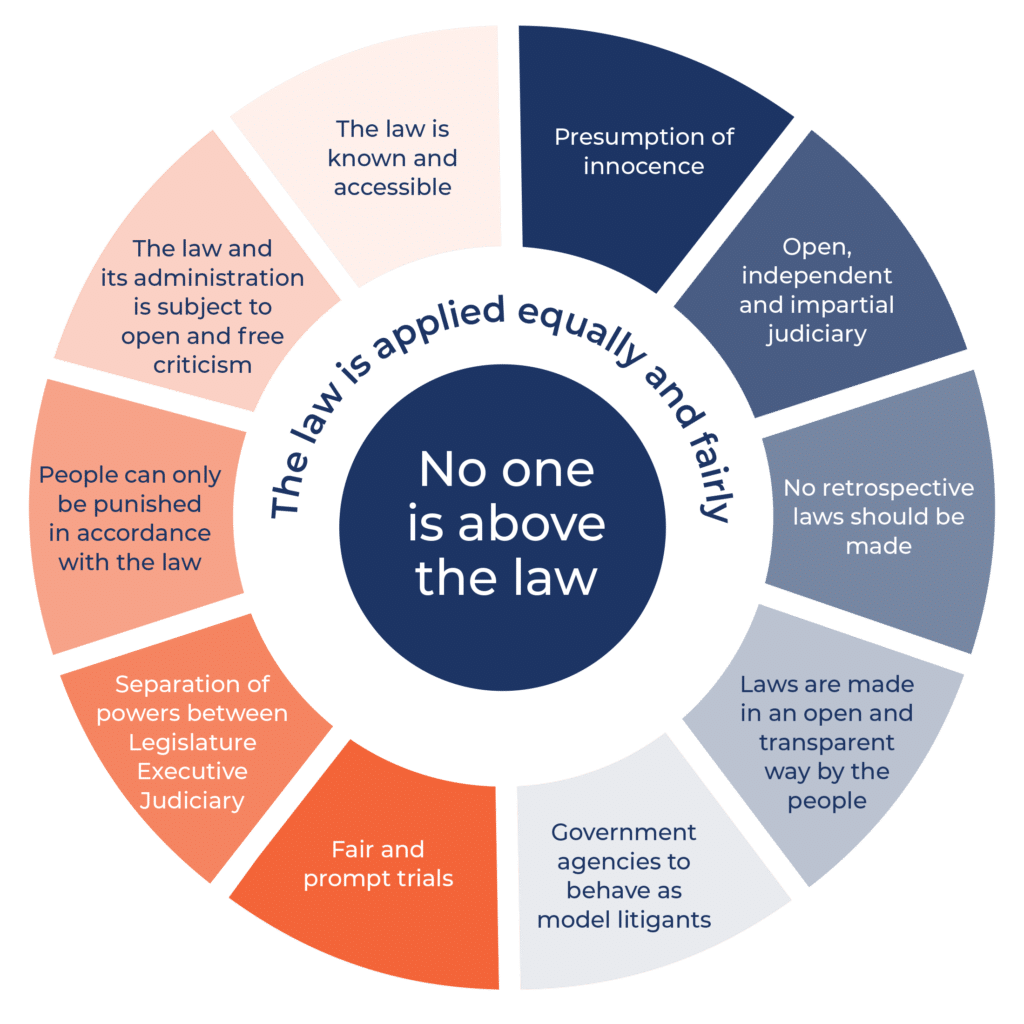
Guest post written by Dr. Binoy Kampmark who was a Commonwealth Scholar at Selwyn College, Cambridge. He lectures in law and politics at RMIT University, Melbourne.
The High Court case of Isbester v Knox City Council [2015] HCA 20 is curious on a few levels. On the one hand, it suggests the sheer persistence of counsel to take the decision to the highest tribunal despite lower court stonewalling can pay dividends. In another sense, it showed that, on the issue of natural justice, the High Court can be unanimously swayed, irrespective of the subject matter.
The appellant, Tania Isbester, had been convicted in the Ringwood Magistrates Court for offending the Domestic Animals Act 1994 (Vic) for the attack of her Staffordshire terrier on another dog owner that resulted in injury of a small cut of 1.5cm. A hearing was subsequently held before the Knox Domestic Animals Act Committee, in which it was concluded that the dog, Izzy, be destroyed under s. 84P(e) of the Domestic Animals Act where the owner is found guilty of an offence under s. 29 of the same Act.
Isbester refused to believe that the circumstances of the attack entitled her dog to be put down. But the main point centred on whether the decision of the Council Committee be overturned because of the substantial involvement of one member of the panel. There had been no order of destruction of the animal under s. 29(12) of the Act.
Instead, the Council convened a panel of three of its own officers, one of whom was Kirsten Hughes, the Council’s Coordinator of Local Laws. Hughes was extensively involved in the case, investigating the identity of the dog, and determining that six charges should be laid with respect to the relevant attack.
Isbester was informed of these circumstances by letter, which also outlined that
“[t]he officer involved in the investigation may be present but they will not be involved in the decision making.”
The High Court pointed out that the Ms Hughes being on the panel meant that she would be part of the decision making process.
A challenge was duly mounted under O 56 of the Supreme Court (General Civil Procedure) Rules 2005 (Vic) alleging an apprehension of possible bias on the part of Hughes. The appellant vainly sought relief in the Victorian courts, before being granted leave to appeal to the High Court. The vital matter here, argued the justices, was one of whether a fair minded observer would think that Ms Hughes was biased in her decision making and therefore any decision the panel made.
The judges suggested that imputing a lack of impartiality as reasonably apprehended by a “fair-minded lay observer” was factual, contextualised by law, statutory regulation, and the nature of the position itself. Previous cases such as Jia Legeng and McGovern were of a different quality on issues of bias and incompatibility. Neutrality, argued a concurring Gageler J, was not “monolithic”, needing reference to the “kind of degree of neutrality” a hypothetical fair-minded observer would expect in making the decision within that statutory framework [58]. A Minister’s decision, governed by statute as determined in Jia Legeng, could not be treated with the same degree of “evident neutrality” as that of a judge [25]. McGovern, involving a statutory power vested in an elected council, similarly imported a range of considerations and opinions that could not be of that same order. Expressing various views on a planning application did not disqualify the councillors from being involved. Put simply, bias expected from a politician will be viewed differently to that of a judge, at least in the mind of the hypothetically fair lay observer.
The judges did note that such powers dealing with dogs were protective, subordinating the dog owner’s individual interests to that of the public. But any such decision made in that regard needed to be compliant with natural justice [30], and issues of whether the council had acted judicially or not was less helpful than the “impartiality of the decision-maker, given her particular involvement in the matter” [31]. Once the relevant conflict of interest is identified, the link between that interest and the possible “deviation from proper decision making is obvious” [49]. The test of disqualifying bias lay in the objective realm of possibility, not probability.
The High Court found that a
“fair-minded observer might reasonably apprehend that Ms Hughes might not have brought an impartial mind to the decision under s. 84P(e)”[50].
Hughes’ involvement had been extensive, and did not conclude with the proceedings in the Magistrates’ Court. She did have an interest in the resolution of the proceedings, and it would have to be reasonably apprehended that “she would remain interested in whether the Magistrates’ Court granted the order [of destruction]” [42]. She organised the panel. She drafted the letter informing the owner of it.
The High Court did not focus on animal rights per se, skirting over them in favour of structural issues concerned with decision making. The court upheld the key rule of law principle of procedural fairness in decision making by an administrative body.
Those beating the drum of non-human liberties and entitlements to protection will be disappointed. While the terrier has been spared, it is worth noting that the appellant had already lost one dog by virtue of its violence to a Knox resident. The argument about protection has come secondary to the issue of procedure regarding the destruction of an animal deemed dangerous to the community. This is as much a problem for the animal’s fate as it is about the way laws on the subject of domestic animals are handled. Determinations are controlled by natural justice.
The implications for the Knox Council are significant. The legal bill has so far come to a hefty $600,000, with the authorities suggesting that more will be spent if necessary. And for all the legal fuss, the lawyer representing Ms Isbester claims that, “There will be a new panel hearing to decide whether or not a dog that caused a 1.5 centimetre scratch on a woman’s finger should be destroyed.” Justice must, after all, be seen to be done.
Dr. Binoy Kampmark was a Commonwealth Scholar at Selwyn College, Cambridge. He lectures at RMIT University, Melbourne. Email: bkampmark@gmail.com
*Featured Image is not Izzy the dog in the case but is of Staffordshire Terrier named Jabula



